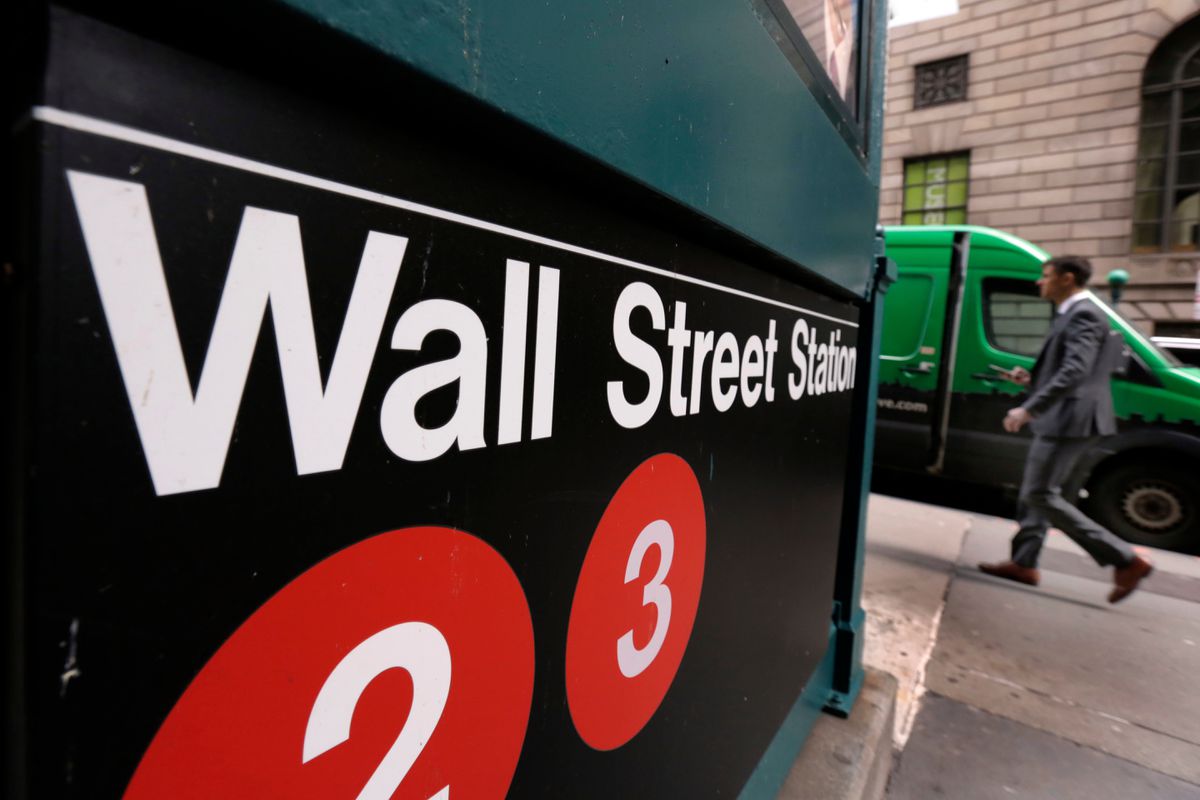S&P Global equities rallied on Tuesday, first on upbeat Chinese data and later on an increase in U.S. factory output, while the U.S. dollar see-sawed on uncertainty regarding the Federal Reserve’s outlook on the economy when policymakers meet this week.
Gold retreated and investors drove longer-term U.S. Treasury yields higher, steepening the closely-watched yield curve, as the Fed began a two-day meeting.
Canada’s main stock index gained on Tuesday as domestic factory sales rose for a third straight month in July, signaling that a post-pandemic economic rebound was on track.
Canadian factory sales rose 7.0% in July from June, helped by motor vehicle, petroleum and coal sales, Statistics Canada said on Tuesday.
The Toronto Stock Exchange’s S&P/TSX composite index closed unofficially up 71.13 points, or 0.43%, at 16,431.27.
The energy sector slid 0.4% despite oil prices rising more than 2% on Tuesday, supported by hurricane supply disruptions in the United States, but demand concerns loomed as energy industry forecasters predicted a slower-than-expected recovery from the pandemic.
Brent crude gained 92 cents, or 2.3%, to settle at $40.53 a barrel, while U.S. West Texas Intermediate (WTI) crude futures rose $1.02, or 2.7%, to settle at $38.28 a barrel. Both contracts fell on Monday.
Futures gained ahead of Hurricane Sally’s expected landfall on the U.S. Gulf Coast. More than a quarter of U.S. offshore oil and gas production was shut and key exporting ports were closed as the storm’s trajectory shifted east toward western Alabama, sparing some Gulf Coast refineries from high winds.
The financials and industrials sectors gained 0.1% and 0.8%, respectively.
The materials sector, which includes precious and base metals miners and fertilizer companies, added 0.2% as gold slipped from a near-two week high as the dollar rose, although hopes for a dovish monetary policy stance from the Fed limited the safe-haven metals’ losses.
U.S. gold futures settled up 0.1% at $1,966.20 an ounce.
The S&P 500 ended up slightly on Tuesday as investors hoped the Federal Reserve would stick with its supportive policy stance as the central bank’s two-day meeting got under way.
Apple Inc shares rose on Monday and early in Tuesday’s session, giving the indexes a boost. But Apple turned slightly lower in the wake of its product event, which included the rollout of a new virtual fitness service and a bundle of all its subscriptions, Apple One. The stock often dips after running up prior to that event.
The Nasdaq also rose and outperformed the other two major indexes, while the S&P 500 index gained, extending its recovery from a brutal sell-off earlier this month that had halted a Wall Street rally.
In its first policy meeting since Fed Chair Jerome Powell announced a more accommodative stance on inflation, the central bank could switch its Treasury purchases toward more long-dated debt to keep long-term yields low, some strategists said.
“While the economy is slowing, the upcoming macro news should be friendly, which should indicate the Fed will have no change in terms of policy,” said Peter Cardillo, chief market economist at Spartan Capital Securities in New York.
Data on Tuesday showed U.S. factory output increased strongly in August. Separately, U.S. import prices increased more than expected for the same month, supporting the view that inflation pressures were building up.
Unofficially, the Dow Jones Industrial Average rose 1.42 points, or 0.01%, to 27,994.75, the S&P 500 gained 17.58 points, or 0.52%, to 3,401.12 and the Nasdaq Composite added 133.67 points, or 1.21%, to 11,190.32. ROBOT
The S&P 500 financial index fell, with Citigroup Inc dropping following a report that federal regulators were preparing to reprimand the U.S. lender for failing to improve its risk-management systems.
JPMorgan Chase & Co also slipped as it lowered its full-year net interest income forecast.
Data showed Chinese industrial output accelerated the most in eight months in August, up 5.6%, to spark a jump in the yuan to a 16-month high. Retail sales in China also grew for the first time this year, beating forecasts.
Commodity-linked currencies such as the Australian, New Zealand, and Canadian dollars gained after the positive Chinese data.
“China is an economic winner at this point in the pandemic,” said Kit Juckes, head of FX strategy at Societe Generale.
MSCI’s all-country world index rose 0.65% to 576.43, while Europe’s broad FTSEurofirst 300 index added 0.71% to 1,439.08.
MSCI’s emerging markets index rose 0.75%.
The euro initially gained after the ZEW economic sentiment survey showed investor sentiment in Germany rose in September, but later slipped amid headwinds from Brexit and rising coronavirus infections.
Euro zone bond yields were steady to a bit lower, shrugging off the positive economic sentiment data from Germany and the improvement in risk appetite that lifted global stock markets.
The dollar index rose 0.024%, with the euro down 0.16% to $1.1849.
The Japanese yen strengthened 0.26% versus the greenback at 105.45 per dollar.
Overnight, MSCI’s broadest index of Asia-Pacific shares outside Japan added 0.5% for a fourth straight day of gains that have boosted it 3% for the year after its recent reversal from its coronavirus plunge.
Source:- The Globe and Mail
Source link
Related


































